If you’ve taken a city bike or electric scooter for a spin, used a ride-hailing app, ridden public transit, or even walked on an open street, you’ve experienced “shared mobility.” Shared mobility maximizes the limited space on city streets by making the ways we get around more efficient, right-sized, on-demand, and—you guessed it—shared.
Sharing our roadways is a custom we have forgotten for nearly a century. Today, as much as 30 percent of the land area in American cities is dedicated to roads, parking, and other automobile infrastructure.
But car-centric mobility has come at a huge cost. Cars eroded our common experiences and our common spaces as vehicles began to dominate our streets. Although nearly 92 percent of U.S. households have at least one car, they’re a costly investment: around $12,000 a year. Even worse is the human toll: 46,000 people died on U.S. roads in 2021.
It hasn’t always been this way. City streets were once shared spaces for walking, biking, transit, and the occasional automobile. Into the 20th century, Americans resisted automotive dominance of their roadways and demanded safe streets. They had reason to: In Fighting Traffic, Peter Norton observes that before the car, pedestrians ruled the streets—crossing them at will, using them as places to play and gather.
Today, shared mobility aims to recreate that reality.
Shared mobility offers to reallocate the geometry of the street. A single car lane can only move 1,600 people per hour; a two-way bike lane can transport 7,500 and a transit lane 25,000 people in the same square footage. On a sidewalk, 9,000 people can brush past each other in an hour. Each shared car removes as many as 15 private automobiles from the road. One parking spot can support a charging station for 8 shared bikes. Shared mobility frees up space for residents to take bicycles, scooters, or buses—practical choices, given that most trips taken in cities are less than three miles.
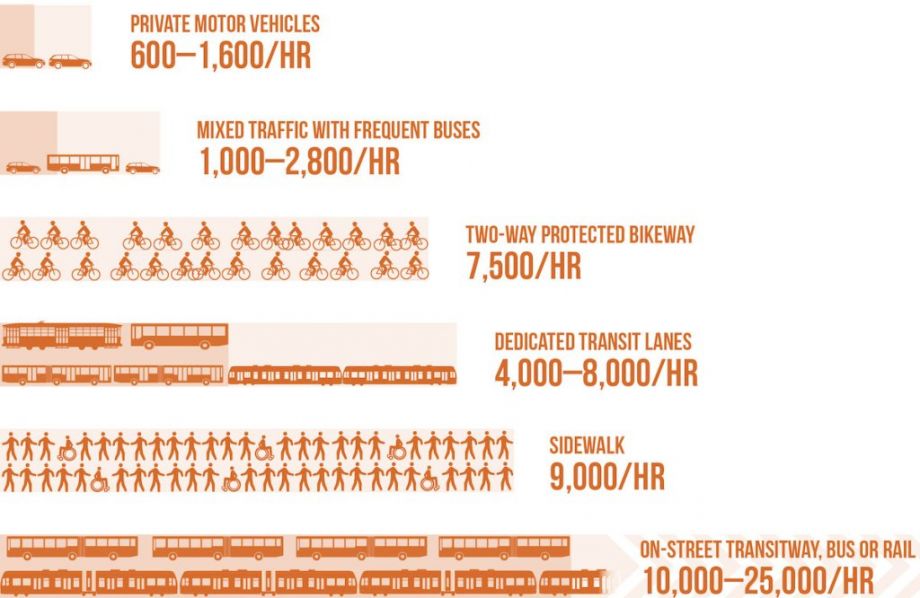
(Graphic courtesy of National Association of City Transportation Officials)
Benjamin De La Peña, CEO of the Shared Use Mobility Center, emphasizes the need to find the right tool for the right trip. To go a few blocks or a quarter mile, “you can walk,” he says. “If it’s longer than that, or you’re a little tired or you’re a little older, but you can still balance, then you can use bikes and scooters. Or, for an even longer trip you can use public transportation. All of those options should be available rather than assuming a full-time vehicle is useful for everything.”
U.S. cities can learn from the global south, where “abundant and frequent transportation options are provided in a decentralized way,” says De La Peña. This “popular transportation” includes rickshaws, jitneys, tuk-tuks, and matatus–fleets of two-, three-, and four-wheeled vehicles that whisk travelers to their destinations.
Ideally, shared mobility is also electrified. Much attention has gone to electrifying private cars as a climate solution, but electrifying shared ride-hailing vehicles can reduce approximately three times as much carbon. In 2021, shared bike and scooter trips offset about 54 million pounds of carbon dioxide emissions by replacing car trips. And it’s cost-effective: $1 million spent on a charging network for 120 EVs could electrify 650 shared bikes and scooters. That’s why advocates argue that funds from the Bipartisan Infrastructure Law should go to electrifying shared mobility.
Most importantly, shared mobility must be abundant. “To the person waiting for the bus, it doesn’t matter whether that’s an electric or diesel bus, if it only comes once an hour,” says De La Peña.
Electrified or not, shared mobility is growing. By 2030, consumer spending on shared mobility globally could reach $1 trillion. Uber alone is investing in peer-to-peer car-sharing systems in the U.S., fleets of electric rickshaws in Delhi, and bus-on-demand in Cairo.
“We have created a world, especially in wealthy countries, that is very, very car-centric,” says Shin-pei Tsay, Global Head of Cities and Sustainability at Uber. “The future necessarily needs to be much more people-centered, much more multimodal, and much more compact…. people need a basket of mobility options to choose from and know that if they were to leave their car at home, they could seamlessly get through a city.”
Tsay describes shared mobility as a solution for cities where public transit does not provide enough options. “Shared mobility can be nimble; it uses the infrastructure that is already there and fills in the gaps around the edges of an entire system.” Ride-hailing can serve as a kind of mobility insurance: “They miss the bus. They know they can take a ride hail, even if it’s really late at night.”
In the United States, mobility options are especially relevant as transit agencies are reducing service amid pandemic-era declines in ridership and a looming fiscal cliff. Patterns of work and commuting have shifted dramatically since 2020, drawing fewer people into central business districts. This makes fixed structures of transit, with their reliance on farebox revenue, badly suited to current mobility demands.
But not all modes of shared mobility are equal. Although ride-hailing reduces the need for parking, it has increased congestion in cities as drivers log more than 40 percent of their miles without passengers. Ride-hailing may also discourage some from walking, biking, and taking transit.
Even more dystopian are driverless vehicles. San Francisco is one of the first cities in the country to test Autonomous Vehicles. In August, the California Public Utilities Commission voted to allow Waymo and Cruise unlimited expansion of their AV fleets in San Francisco. By August, about 550 robotaxis roamed the city’s streets.
A study by Missy Cummings at George Mason University shows that AVs are less safe than human drivers. In fact, robotaxis are four to eight times more likely to be involved in non-fatal crashes than human-driven cars. Incident reports in San Francisco catalog stalled cars blocking buses and bike lanes, failing to yield to pedestrians, driving into oncoming traffic, or interfering with fire trucks and other emergency responders. Among the most disturbing was a hit-and-run with a human driver who crashed into a woman in a crosswalk, launching her into the path of a Cruise which ran her over and stalled on her leg. The company’s vehicles were suspended from San Francisco and California streets as a result, and by late October the cars were pulled from roadways nationwide.
Michael Smith, a member of the direct-action group Safe Street Rebel, says: “AVs are a step in the wrong direction.” With 20 pedestrians killed every day in 2022, he believes the solution is not more cars, but fewer of them. Smith describes the rollout of robotaxis in San Francisco. “All of a sudden, all these robot cars started appearing. … It’s not like anybody voted for them or there was any public discussion about them.” Several Safe Street Rebel members saw robotaxis paralyzed in intersections. To indicate that a car was stalled, they put traffic cones on the cars’ hoods. In this way, they discovered that “coning” these cars disables them. To reset the car, a company employee must remove the cone and reboot it. “We thought, ‘Hey, we should really highlight this, and in a funny way, in order to get attention to the situation,’” says Smith. It worked: “Coning” quickly became a meme.
Smith is no Luddite: he studied robotics and has decades of experience in the transportation sector developing app-based systems like NextBus and Swiftly. But Smith is convinced that AVs are not ready for the road. Moreover, AVs contribute to congestion, are inaccessible to wheelchair users, and could eliminate low-wage jobs for drivers, exacerbating economic disparities. Accordingly, Smith says the billions being spent to develop robotaxis could be put to better use by investing in public transit, walking, and biking.
Ultimately Smith believes that AV’s will not replace private automobiles, they will just add driverless ones. For now, the Safe Street Rebel coning campaign has helped San Franciscans feel they can make a difference in their own city, even one dominated by the tech industry. As Smith says, “Sometimes you just need to go and do something yourself and get it done.”
Today, we are at a metaphorical crossroads as autonomous vehicles and electric cars promise a new, improved “motordom.” In one direction is the status quo, electrified and roboticized. In the other is a future that draws inspiration from the past.
Tsay hopes cities extend the gains made during the pandemic, with slow and open streets offering an opportunity to “be more inclusive and deal with historic inequities.” She also sees it as an opportunity to do more to limit GHG emissions and create green streets to manage flooding and heat. “The public right of way can be part of an entire system of climate mitigation while being very people-centered.”
As De La Peña observes, “The pandemic laid bare all of our assumptions of how you structure society, and the built environment.” In a time of emergency, we needed flexibility. “The more chaotic things become, the more adaptive you need to become… And that includes the use of our streets.” He sees great potential in redirecting the trillions of dollars spent on cars to reimagine mobility as a utility—one that is invested in, regulated, and available whenever you need it.
In short, De La Peña says, “The status quo is not working.” The solution is simple: share.
This op-ed was originally published by Planetizen.
Alison Sant is a partner and co-founder of the urban design practice, the Studio for Urban Projects. She is the author of “From the Ground Up: Local Efforts to Create Resilient Cities” (Island Press, 2022), a book that examines how American cities are mitigating and adapting to climate change while creating greater equity and livability.

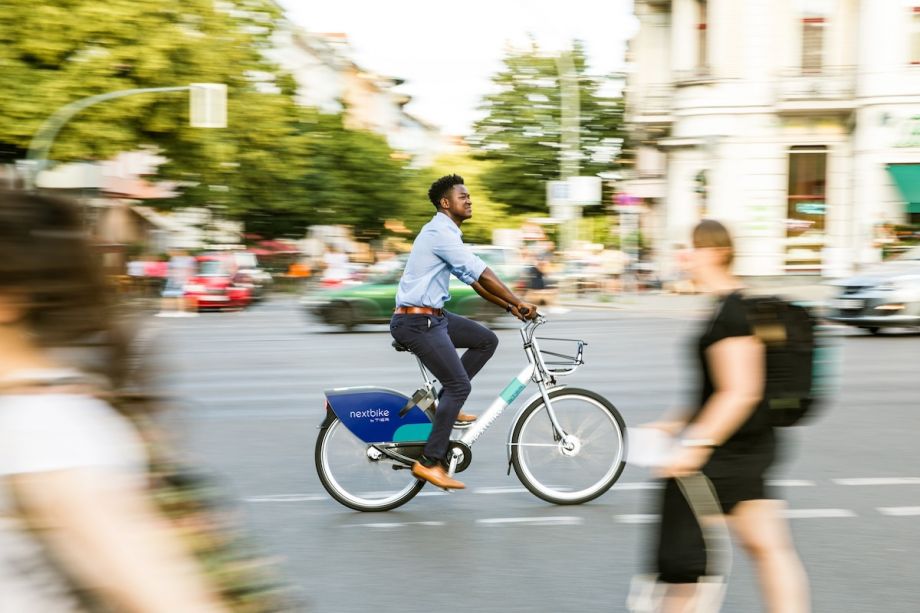
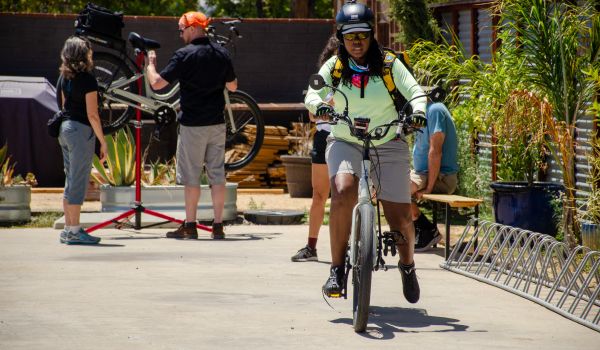
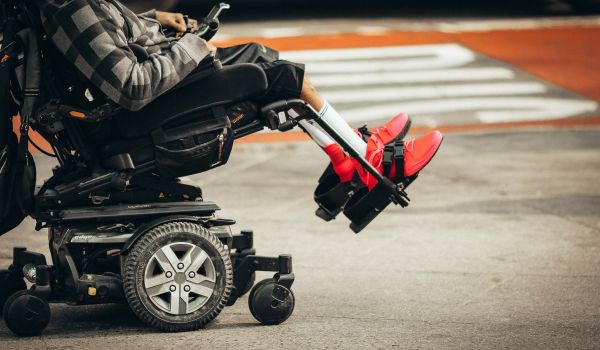
_600_350_80_s_c1.jpg)

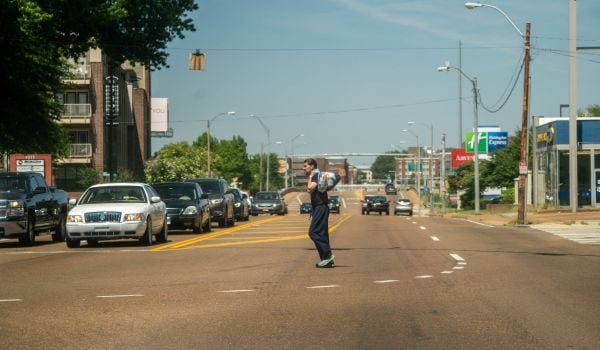


_on_a_Sunday_600_350_80_s_c1.jpeg)






